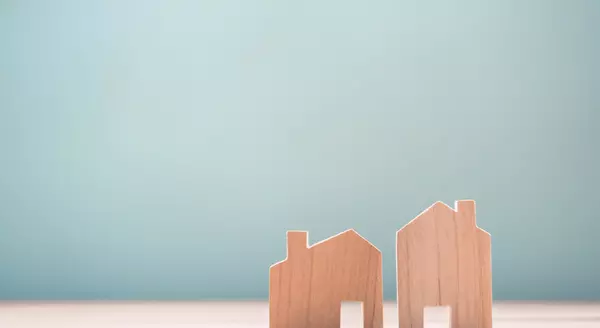MY BLOGS
Housing Market Forecasts for the Rest of 2025
If you’ve been watching the market, you’ve likely noticed a few changes already this year. But what’s next? From home prices to mortgage rates, here’s what the latest expert forecasts suggest for the rest of 2025 – and what these shifts could mean for you.Will Home Prices Fall?Many buyers are hoping
The U.S. Foreclosure Map You Need To See
Foreclosure headlines are making noise again – and they’re designed to stir up fear to get you to read them. But what the data shows is actually happening in the market tells a very different story than what you might be led to believe. So, before you jump to conclusions, it’s important to look at t
The Latest Mortgage Rate Forecasts
Some HighlightsIf you’re tempted to delay your move in hope that mortgage rates will come down, you may want to rethink that strategy based on the latest forecast.Experts say mortgage rates are projected to stay in the 6s this year. So don’t expect a big drop.If you want to talk about what this mean
Don’t Make These Mistakes When Selling Your House
Are you thinking about selling your house? Some common mistakes today can make the process more stressful or even cost you money.Fortunately, they’re easy to avoid, as long as you know what to watch for. Let’s break down the biggest seller slip-ups, and how an agent helps you steer clear of them.1.
Nicole Smith
Phone:+1(251) 776-2909









